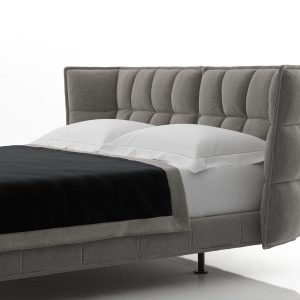
28 Feb What is Contemporary Design?
Contemporary style reflects current interior design trends and is very much of the moment. Contemporary interiors are fresh and sleek with a subtle sophistication, uncluttered lines and overall simplicity.
Neutral tones of black, white and grey are often punched up with a bold use of colour in accessories and art. A sense of warmth and welcoming comfort is created by the use of texture in soft furnishings and finishes. Less is more, each piece stands out as individual and unique.
At its core, the word “contemporary” means “the moment,” which makes this style particularly hard to define. Dating back to the 1970s, this style is unique because it borrows elements from many other aesthetics. In it, you can see nods to modern, traditional, art deco and even futuristic design.
The other defining point of contemporary design is that it’s constantly evolving. Unlike other styles which are more or less set in stone, what’s “of the moment” today may change in a few years’ time. Today, the look is defined by curved lines, neutral colors and minimalism, but it may look slightly different in the future.
Neutral shades are the cornerstone of contemporary design. If you’re aiming to pay homage to this style, blacks, whites, tans and grays should make up the bulk of your design. Occasionally, bold solids may also be used, but if so, they are typically relegated to the role of an accent shade and used sparingly.
Ultimately, you can decide whether you want to include a splash of color or to stick to mixing neutrals. However, if you choose to go the latter route, it’s a good idea to include lots of texture in your design. Remember, in design parlance, the term “texture” refers to how an item looks like it feels. A variety of textures will help add visual interest into the space.
The final key to creating a contemporary design is layering plenty of lighting throughout the room, paying special attention to natural light. In this case, contemporary style borrows a detail from mid-century modern design Whenever possible, be sure to let in lots of natural light. Windowed walls are common in these spaces, but if they’re not an option, do your best to let light in from any available windows.
After exhausting your options for natural light, it’s time to look into your typical layered options.
- Ambient: Also known as general lighting, ambient light fills the majority of the room and allows you to move around safely. It usually comes from recessed lighting, track lighting or wall-mounted fixtures.
- Accent: Accent lighting is used to highlight a particular focal point, such as a piece of wall art. Picture lights, wall-mounted-fixtures or track lighting are common, and dimmers are often used on these features to provide mood lighting.
- Task: As the name suggests, task lights are used to assist you in completing a particular function. This could be anything from desk lamps to pendant lights that hang over a kitchen island.
Ideally, your room will feature at least one lighting element from each category. To add a contemporary flair to your design, focus on choosing shapely fixtures that work well with the curvy lines in your furniture. You’ll also want to choose pieces made of metals.
Unlike other styles, contemporary design is defined by the fact that it’s essentially a hodgepodge of other aesthetics from the later part of the last century. In our opinion, it’s taken the best elements of these looks to create a style that stands the test of time. If you, too, are a fan of contemporary looks, use this post as a guide for how to re-create this style in your own interiors. All it takes is a few simple steps.
What do you think of contemporary design? Will you bring this look into your own interiors? Share your thoughts with us in the comments below.


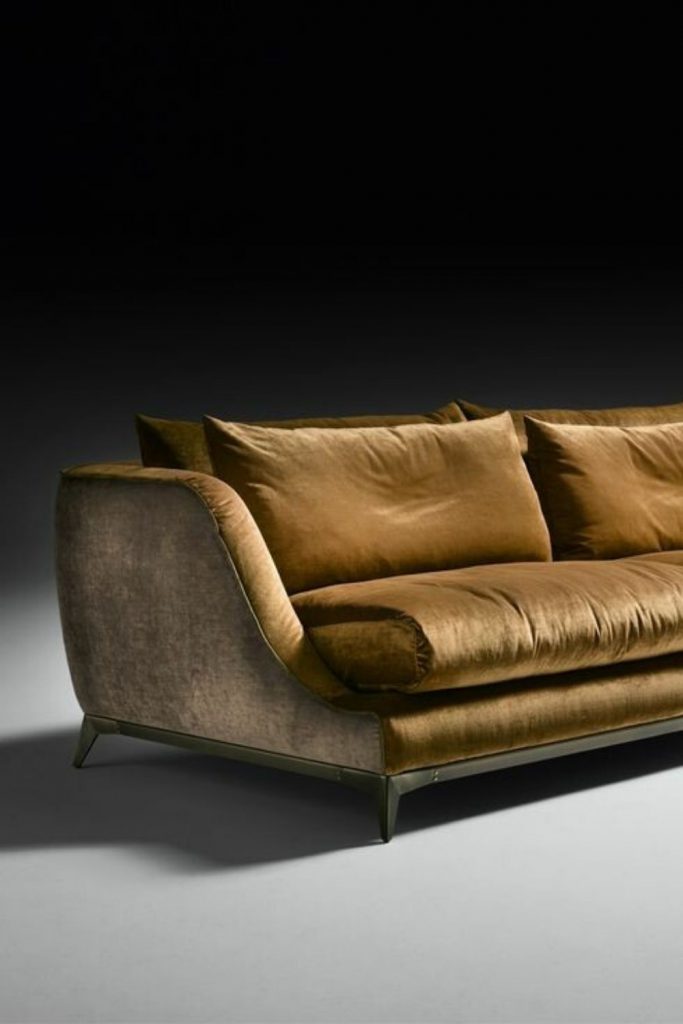
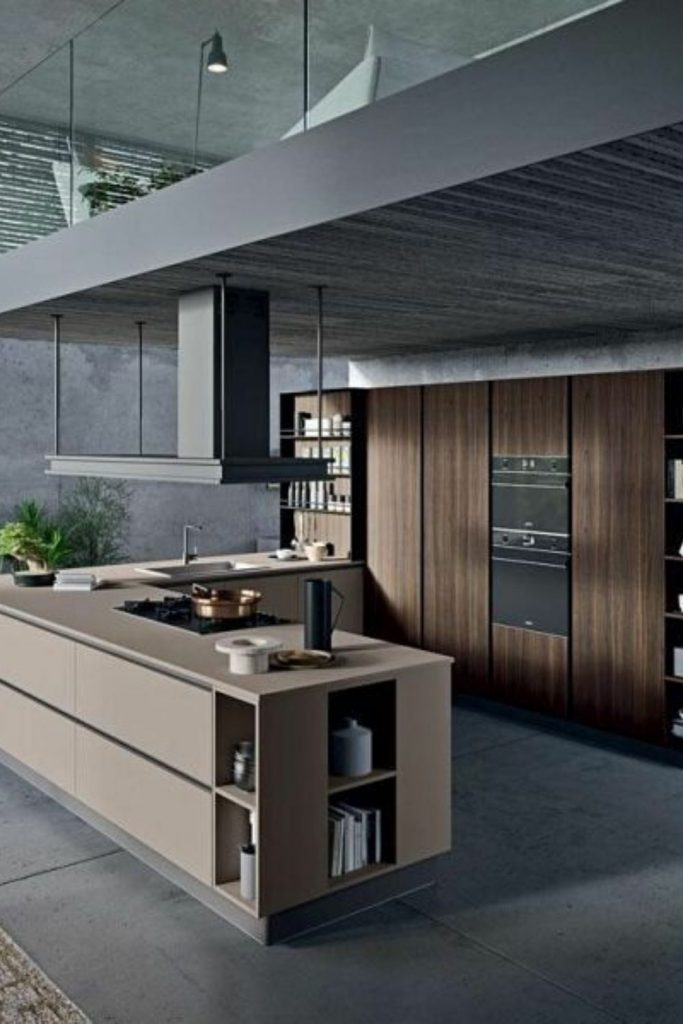
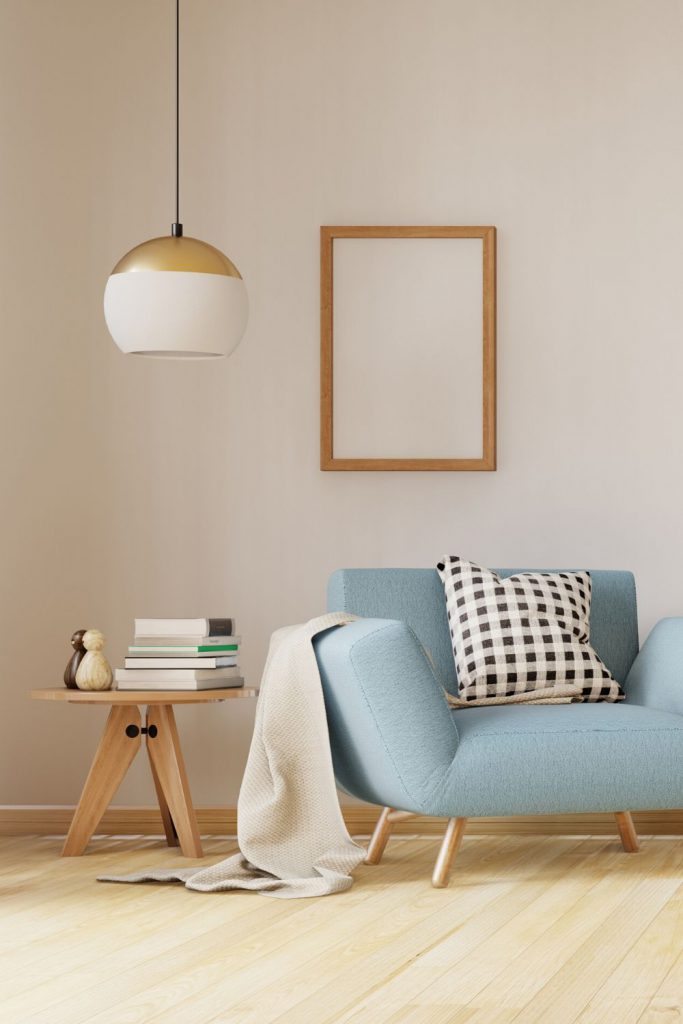
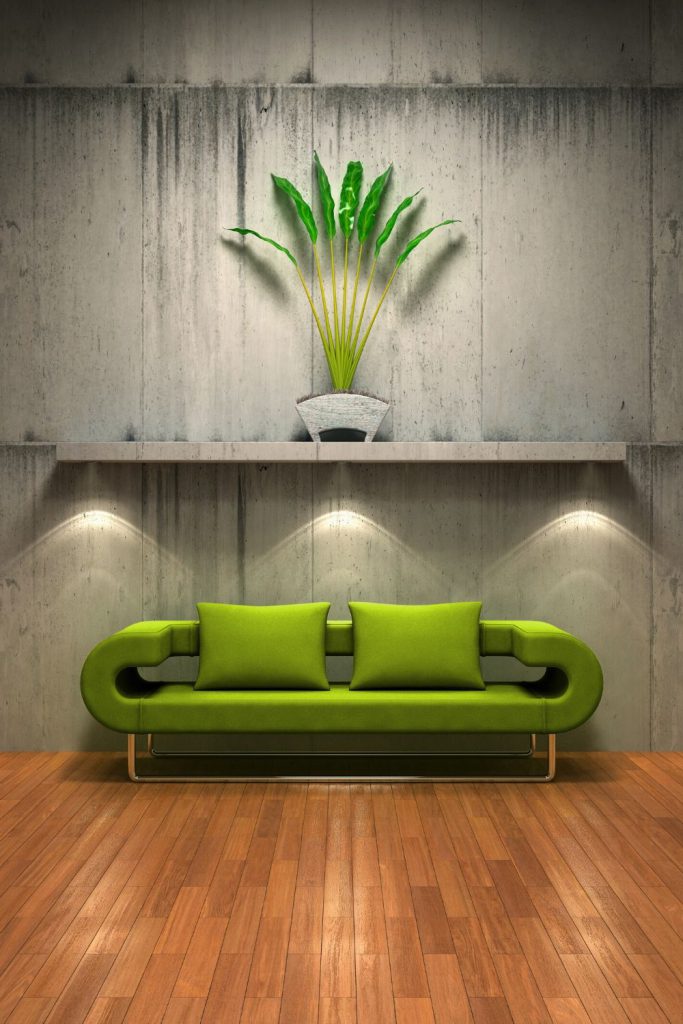
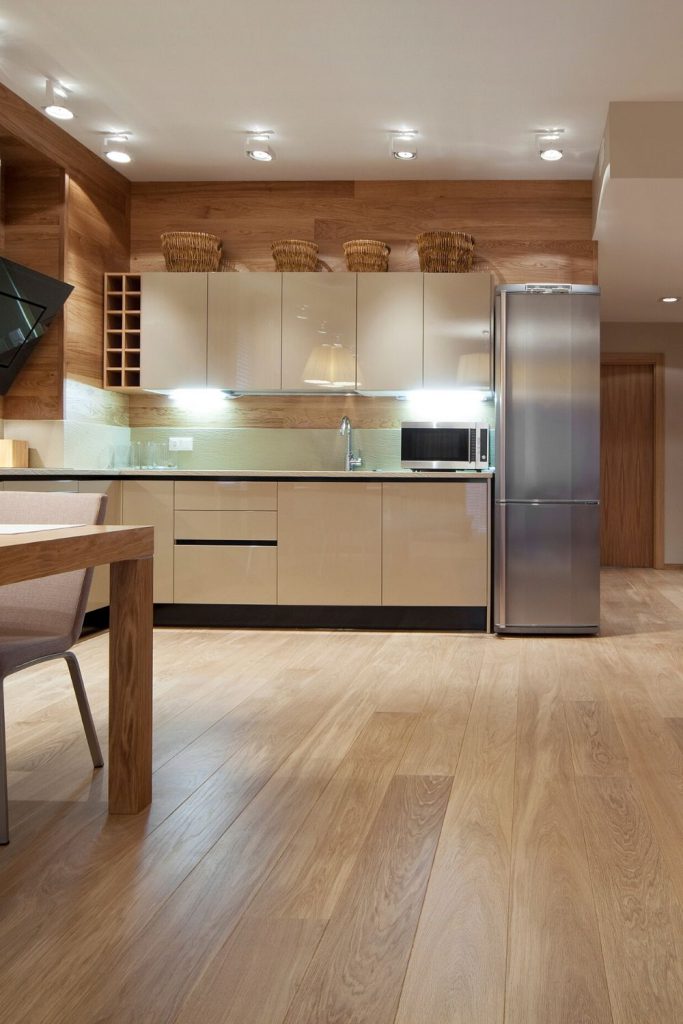
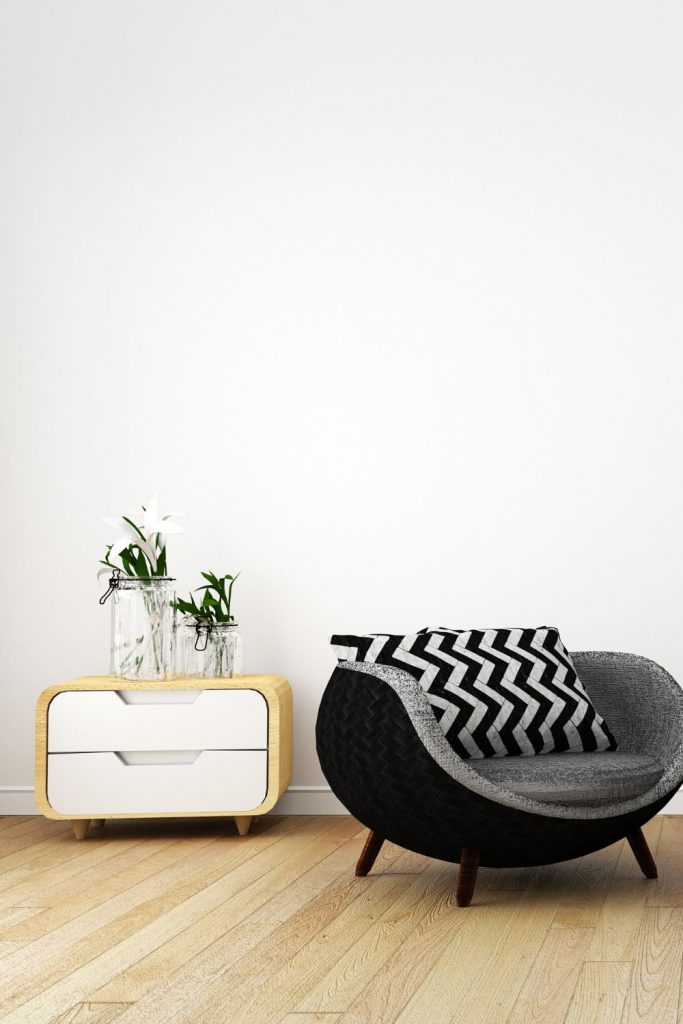
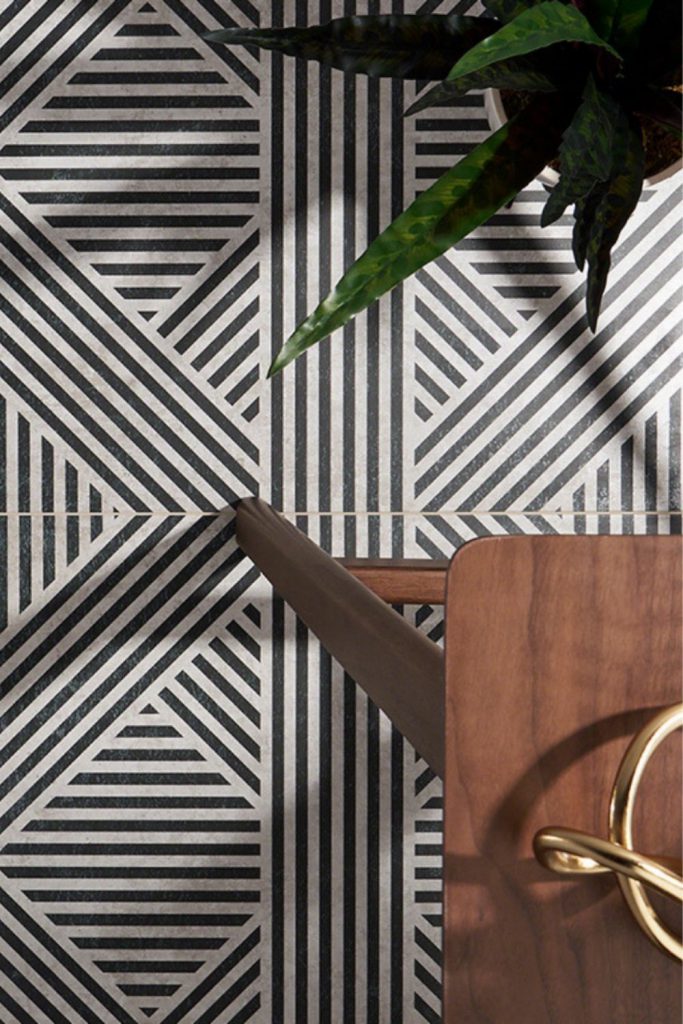
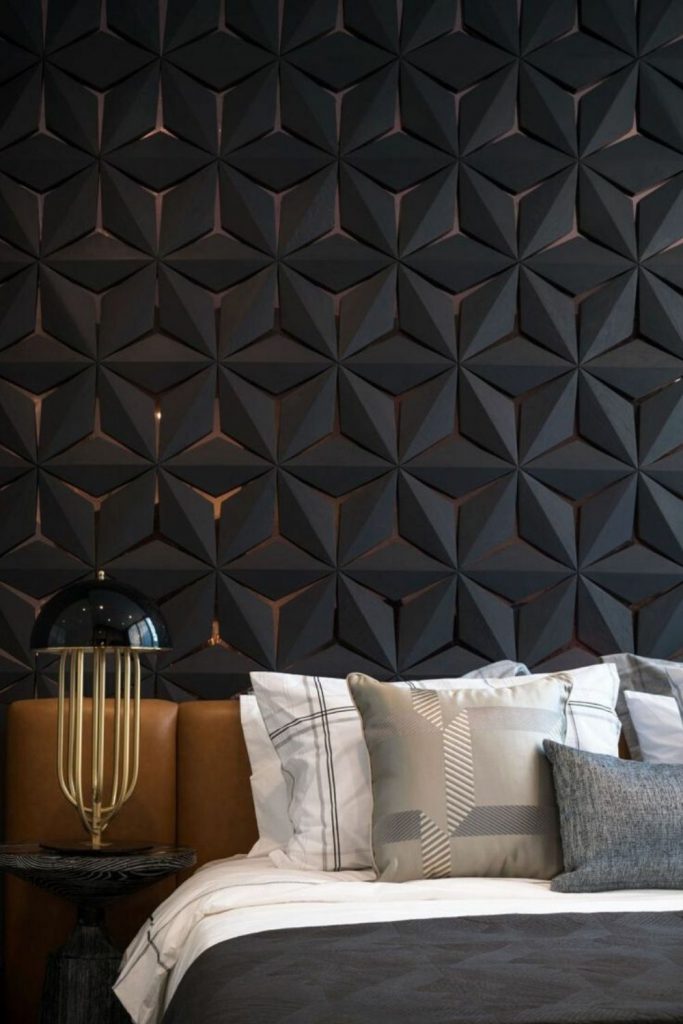
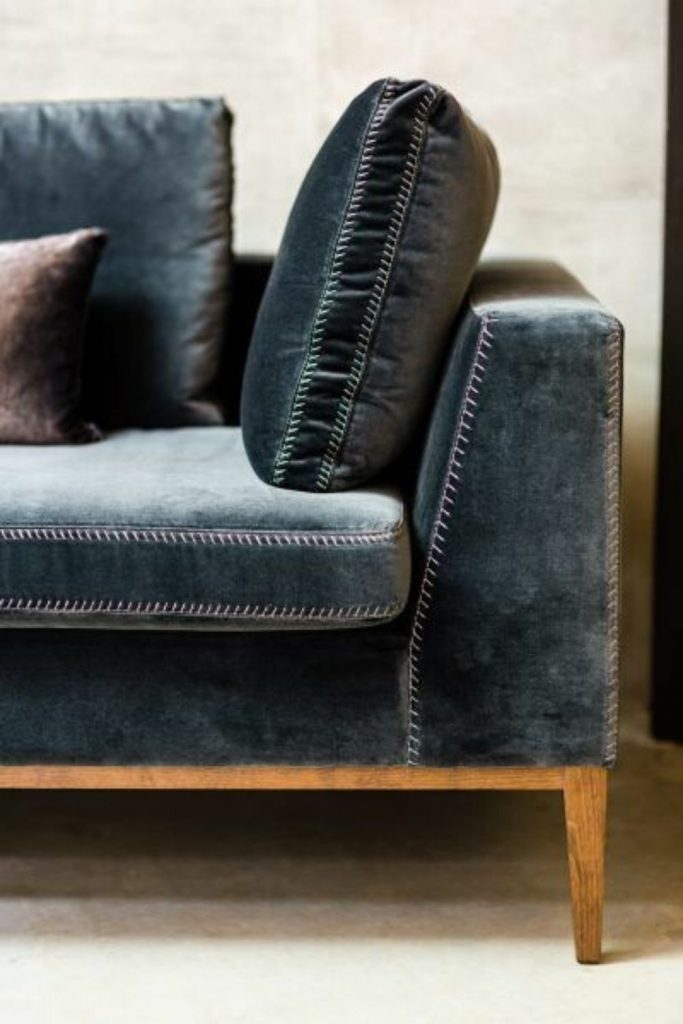
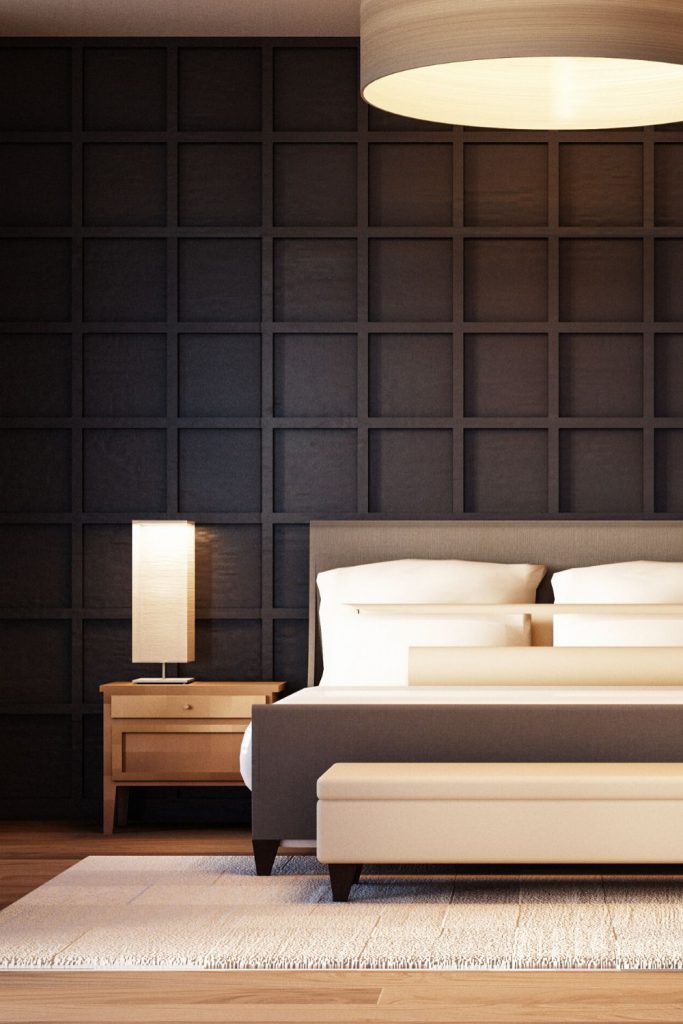
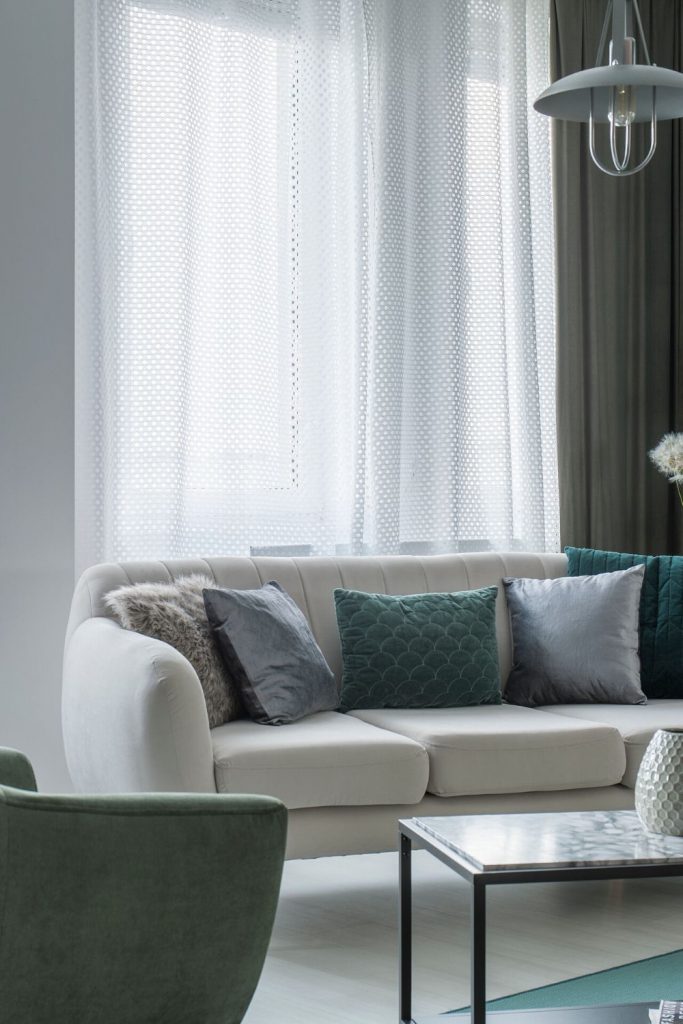
No Comments